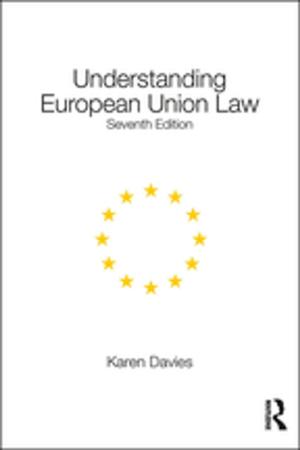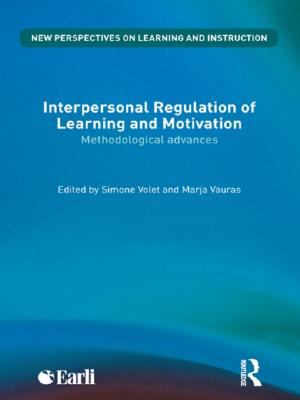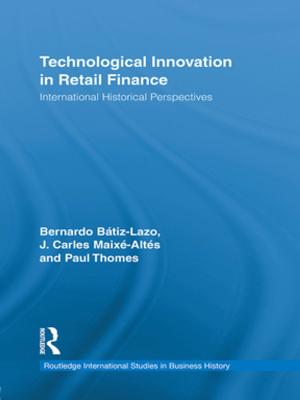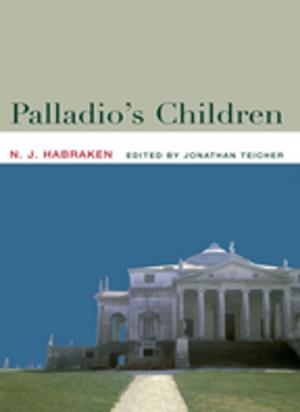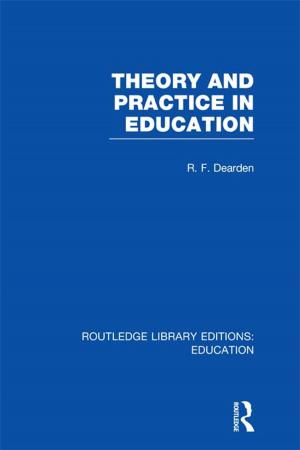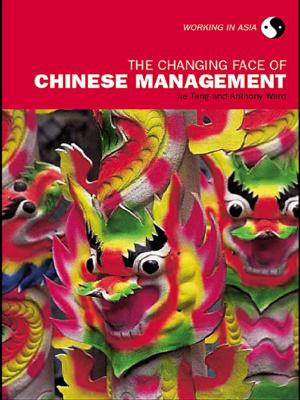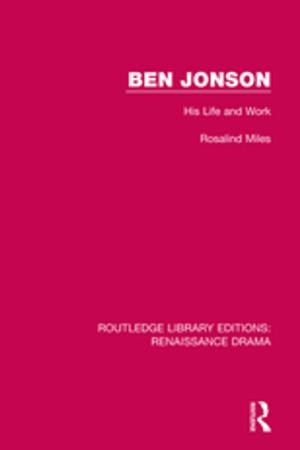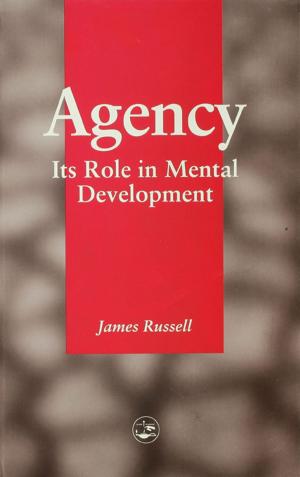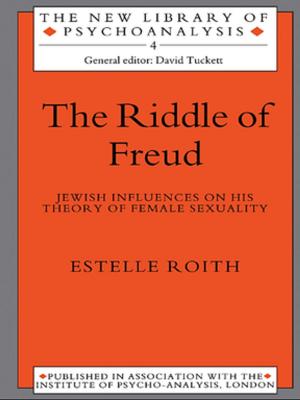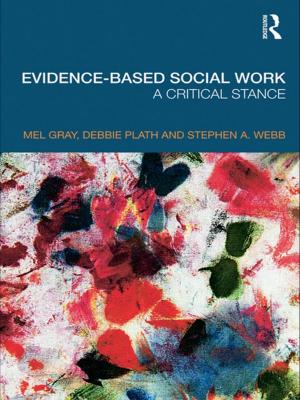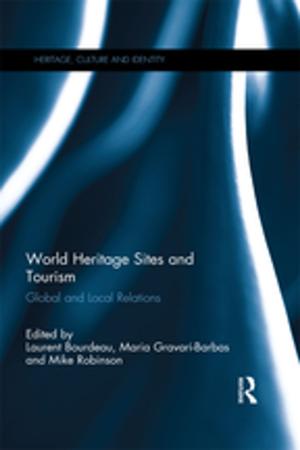Olivier Messiaen's System of Signs
Notes Towards Understanding His Music
Nonfiction, Entertainment, Music| Author: | Andrew Shenton | ISBN: | 9781351555876 |
| Publisher: | Taylor and Francis | Publication: | July 5, 2017 |
| Imprint: | Routledge | Language: | English |
| Author: | Andrew Shenton |
| ISBN: | 9781351555876 |
| Publisher: | Taylor and Francis |
| Publication: | July 5, 2017 |
| Imprint: | Routledge |
| Language: | English |
Andrew Shenton's groundbreaking cross-disciplinary approach to Messiaen's music presents a systematic and detailed examination of the compositional techniques of one of the most significant musicians of the twentieth century as they relate to his desire to express profound truths about Catholicism. It is widely accepted that music can have mystical and transformative powers, but because 'pure' music has no programme, Messiaen sought to refine his compositions to speak more clearly about the truths of the Catholic faith by developing a sophisticated semiotic system in which aspects of music become direct signs for words and concepts. Using interdisciplinary methodologies drawing on linguistics, cognition studies, theological studies and semiotics, Shenton traces the development of Messiaen's sign system using examples from many of Messiaen's works and concentrating in particular on the M tations sur le myst de la Sainte Trinit or organ, a suite which contains the most sophisticated and developed use of a sign system and represents a profound exegesis of Messiaen's understanding of the Catholic triune God. By working on issues of interpretation, Shenton endeavours to bridge the traditional gap between scholars and performers and to help people listen to Messiaen's music with spirit and understanding.
Andrew Shenton's groundbreaking cross-disciplinary approach to Messiaen's music presents a systematic and detailed examination of the compositional techniques of one of the most significant musicians of the twentieth century as they relate to his desire to express profound truths about Catholicism. It is widely accepted that music can have mystical and transformative powers, but because 'pure' music has no programme, Messiaen sought to refine his compositions to speak more clearly about the truths of the Catholic faith by developing a sophisticated semiotic system in which aspects of music become direct signs for words and concepts. Using interdisciplinary methodologies drawing on linguistics, cognition studies, theological studies and semiotics, Shenton traces the development of Messiaen's sign system using examples from many of Messiaen's works and concentrating in particular on the M tations sur le myst de la Sainte Trinit or organ, a suite which contains the most sophisticated and developed use of a sign system and represents a profound exegesis of Messiaen's understanding of the Catholic triune God. By working on issues of interpretation, Shenton endeavours to bridge the traditional gap between scholars and performers and to help people listen to Messiaen's music with spirit and understanding.

